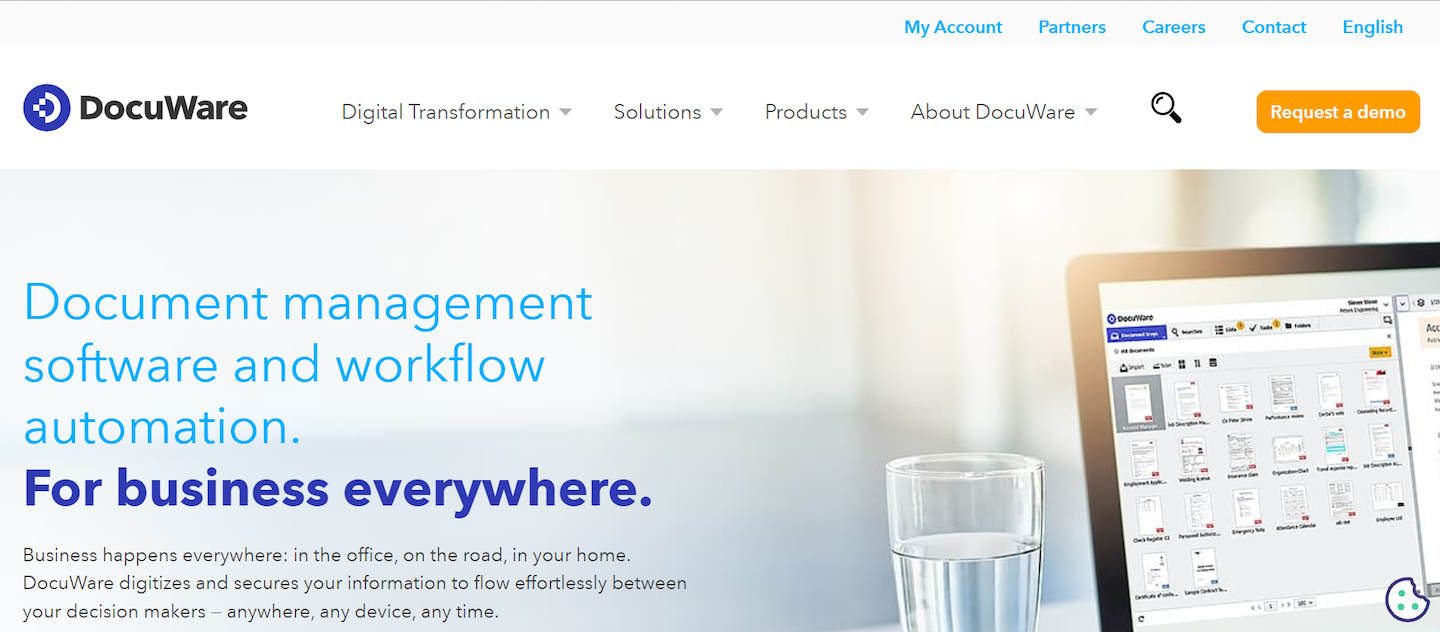Baykanber Insights
Your go-to source for the latest news and trends.
Ditch the Paper Trail and Embrace Digital Bliss
Say goodbye to clutter! Discover how going digital transforms your life and boosts productivity. Embrace the bliss today!
The Environmental and Practical Benefits of Going Paperless
The movement towards a paperless environment holds significant environmental benefits. By reducing our reliance on paper, we can significantly decrease deforestation, thereby preserving vital ecosystems and reducing carbon emissions associated with the production and transportation of paper products. Additionally, the shift to digital documentation helps to minimize waste, ensuring that less paper ends up in landfills, where it can take years to decompose. Embracing a paperless approach not only contributes to the health of our planet but also promotes sustainability for future generations.
Beyond environmental concerns, going paperless offers numerous practical benefits for individuals and businesses alike. Digital documents are easier to organize, search, and store, streamlining workflows and enhancing productivity. Moreover, transitioning to a paperless system can lead to significant cost savings by reducing expenses related to paper, printing, and storage. In this digital age, harnessing technology to eliminate paper usage is not only practical but essential for staying competitive and efficient.

5 Simple Steps to Transition from Paper to Digital
5 Simple Steps to Transition from Paper to Digital
Transitioning from paper to digital can seem daunting, but it can greatly enhance your productivity and organization. Step 1: Begin by assessing your current paper documents. Identify which documents are essential and which can be discarded. This will help you streamline the process and reduce the amount of information you need to digitize. Step 2: Choose a reliable scanning method. You can use a scanner or a mobile scanning app to digitize your documents efficiently. Make sure you save your scans in readily accessible formats, such as PDF or JPEG, for easy retrieval.
Step 3: Organize your digital files systematically. Create a folder structure that mirrors your paper filing system or aligns with your workflow. This will make it easier to find and manage your documents later. Step 4: Utilize digital tools for managing your documents. Consider employing cloud storage solutions for backup and ease of access, as well as document management software for additional features. Finally, Step 5: Implement a regular review process to keep your digital files organized and up-to-date, ensuring that your transition from paper to digital is not just a one-time task but a sustainable practice.
Is Your Business Ready for a Digital Transformation?
As we enter an era where businesses are increasingly driven by technology, the question arises: Is your business ready for a digital transformation? Digital transformation goes beyond just upgrading technology; it involves rethinking your business model, enhancing customer experiences, and streamlining operations. To determine your readiness, consider evaluating your current digital capabilities, understanding customer expectations, and assessing your team's skills. Digital transformation is not merely a trend; it's a strategic imperative for survival in a competitive landscape.
To effectively navigate this transition, businesses must embrace a structured approach. Here are some key steps to get started:
- Conduct a SWOT Analysis: Identify your strengths, weaknesses, opportunities, and threats in the digital landscape.
- Engage Your Team: Foster a culture of innovation and collaboration within your organization.
- Invest in Training: Equip your team with the necessary skills to thrive in a digital environment.
- Set Clear Goals: Define what success looks like for your digital initiatives.
Answering the question of whether your business is ready for a digital transformation requires introspection and commitment; however, the rewards of a successful transformation can be substantial.